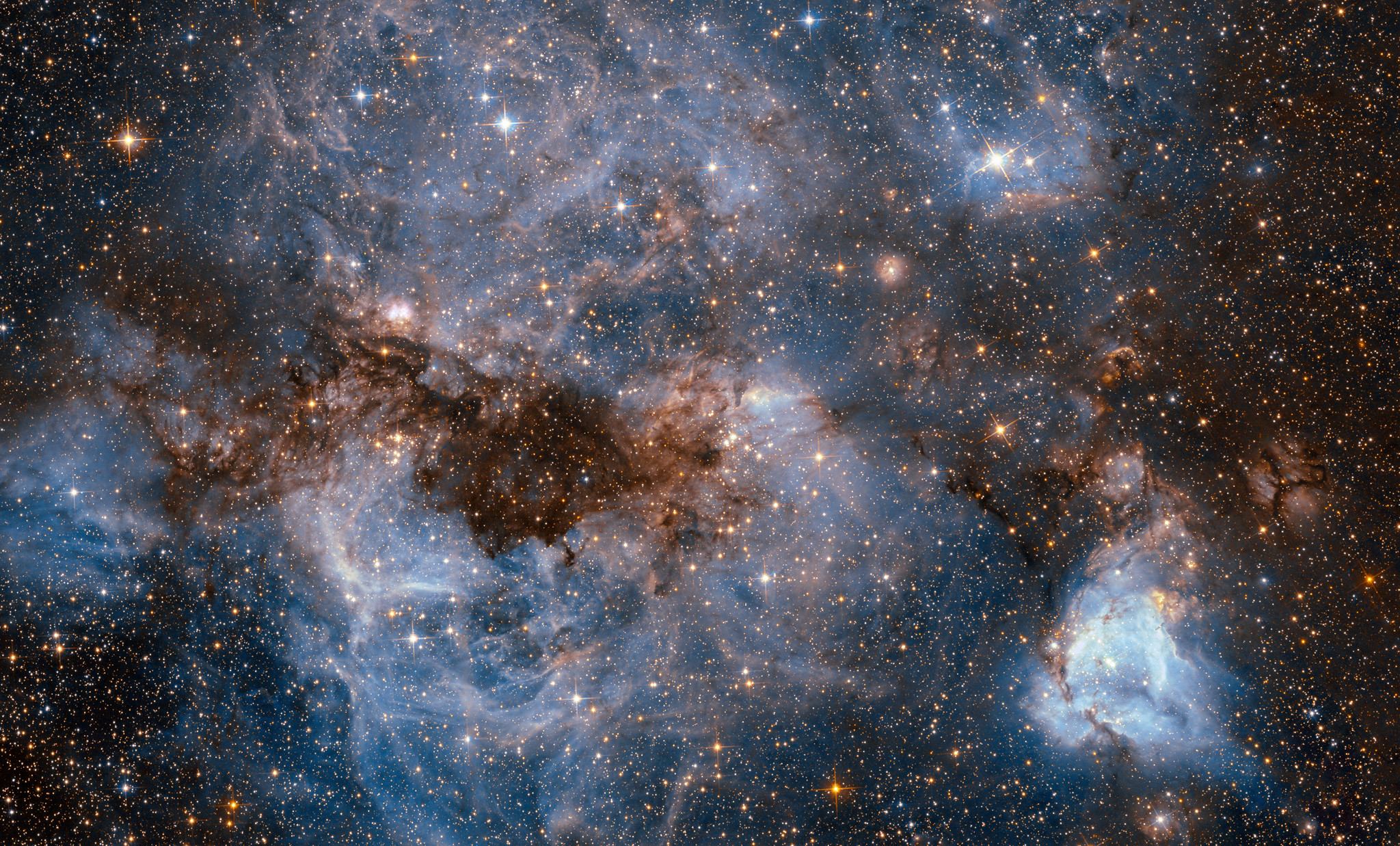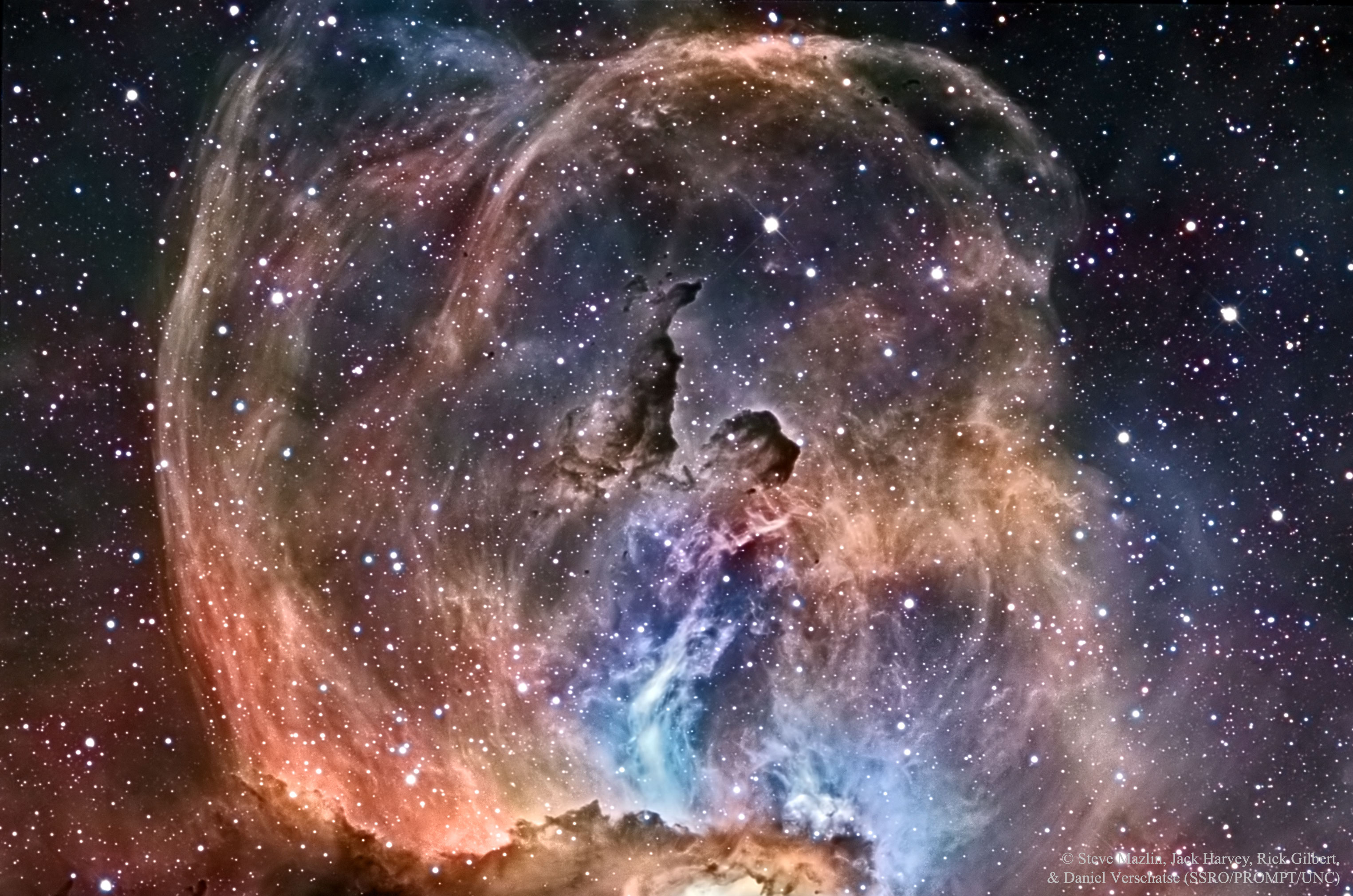

Thursday, June 23, 2022: The BepiColombo space probe took its second look at Mercury on Thursday, June 23, during a gravity-assist flyby designed to adjust the spacecraft's trajectory so that it can enter orbit around the solar system's innermost planet in 2025.īepiColombo, a joint mission between the European Space Agency (ESA) and the Japan Aerospace Exploration Agency (JAXA), launched in 2018 for a seven-year cruise to the scorched little planet.

– Tereza Pultarova Europe's new Ariane 6 rocket assembled before tests Cygnus previously tested the capability in 2018. The maneuver, completed on Saturday (June 25), was only partially successful and raised the station's altitude by one tenth of a mile, NASA said in a statement. last but not least… for taking our trash!"Ĭygnus, developed by American firm Orbital Sciences, which was since acquired by aerospace giant Northrop Grumman, is not designed to return to Earth, unlike SpaceX Cargo Dragon capsule.ĭuring its mission, Cygnus performed its first reboost of the International Space Station's altitude. Thanks for bringing us supplies, for the orbit reboost and…. "Vehicle is fully loaded, hatch is closed, robotic arm has grappled it for unberthing early tomorrow morning. "Last night on ISS for Cygnus!" Cristoforetti wrote in a tweet. The image, taken just before the closing of the hatches, reveals the Cygnus interior packed with waste and unwanted items, which the capsule will take with it for a burn-up in Earth's atmosphere. Tuesday, June 28, 2022: European astronaut Samantha Cristoforetti posing at the hatch between the International Space Station and the Cygnus cargo vehicle, which is expected to depart on Tuesday (June 28). The observations enabled astronomers to finetune the calculation of the space rock's orbit and confirm it won't hit Earth in the end. On top of that, astronomers had to find the super-faint space rock on the backdrop of the star-studded band of the Milky Way. But the European Southern Observatory's Very Large Telescope in Chile, one of the most powerful optical telescopes in the world, rose to the challenge and detected the asteroid when it had a magnitude of 27 (the sun, by far the brightest object in the sky, has a magnitude of minus 27). When it reemerged in the darker sky again, it was too far away for most ground-based telescopes to see. The asteroid then disappeared for several months in the glare of the sun as it approached the star. Initial observations indicated it was bound to slam into our planet in 2052. The asteroid, dubbed 2021 QM1, was discovered in August last year. The background sky is filled with icons of the northern night including Polaris, the Pleiades star cluster, and the stars that compose the handle of the Big Dipper.Wednesday, June 29, 2022: The Very Large Telescope in Chile managed to track an extremely faint asteroid to help rule out its projected collision with Earth. The aurora overhead shows impressive colors and banding, with the red colors occurring higher in the Earth's atmosphere than the green. The crater lake in the center is called Kerid (Icelandic: Kerið) and is about 3,000 years old. the northern lights were even brighter and more impressive than before! And his image of them is the featured 13-frame panoramic mosaic. When the astrophotographer realized that aurora were visible two-weeks ago, he made a night-time run for the top of the caldera to see if he could capture them also reflected in the central lake. "You don't always see a scene this beautiful when you hike to an ancient volcano - you have to be lucky. Photo/ Astronomy Picture of the Day, by NASA, Sigurður William BrynjarssonĪnd here's NASA's explanation of what you see: Aurora and Kerið The photo with NASA's annotation.


 0 kommentar(er)
0 kommentar(er)
